Menu
You can manage your membership and billing method by clicking here
Terms of Service
Privacy Policy
Copyright © 2025 Office of Immigration Australia, a private company registered in Australia. All Rights Reserved.

Checking membership status...
 EXCLUSIVE MEMBERS ONLY ACCESS
EXCLUSIVE MEMBERS ONLY ACCESSTo access this month’s edition & Member’s only resources, enter your registered email address.

Exclusive Australian Immigration News, Updates & Opportunities
December 2021
This bulletin is for members only, and provides our members with month to month updates on Australian immigration policy changes and consequential opportunities. Opportunities are found via federal and state government policy shifts for the demand and supply for certain occupations.
This bulletin will keep you up to date so that you do not have to employ expensive immigration lawyers to provide you with monthly research.
December is gearing up to be a VERY productive month for Australian Immigration. December 2021 is not only ‘the last month of the year’, but is also the ‘last month to reboot the Australian economy before 2022 begins’. The Australian Federal Government has announced that it wants skilled migrant professionals back in the country before the end of the year. All this as the country moves to “stage two” of its international border reopening which will welcome a wave of skilled migrant professionals to fill the job shortages across Australia. Additionally, the Australian Government has also announced that despite the pandemic, Australia has still been able to grant over 160,000 permanent residences during 2021.
Student pilot programs are also being initiated in December, with international students set to return to Australian campuses in time for Semester 1, 2022.
As of 1st December, the Priority Migration Skilled Occupation List (PMSOL) remains in effect + additional occupations have been added this month to ‘South Australia’s Skilled Occupation Shortage List’ which remains open to offshore applicants.
All this and much more in the December issue of The Australian Immigration Bulletin! Let’s take a deeper look at what has happened so far and what is planned for the remainder of December 2021 in Australian Immigration, so that you can start planning!
As legislation and travel requirements are constantly changing, we strongly recommend obtaining advice on your individual situation from a Registered Migration Agent.
Please click here to book a consultation with one of our Registered Australian Migration Agents, located in Australia.
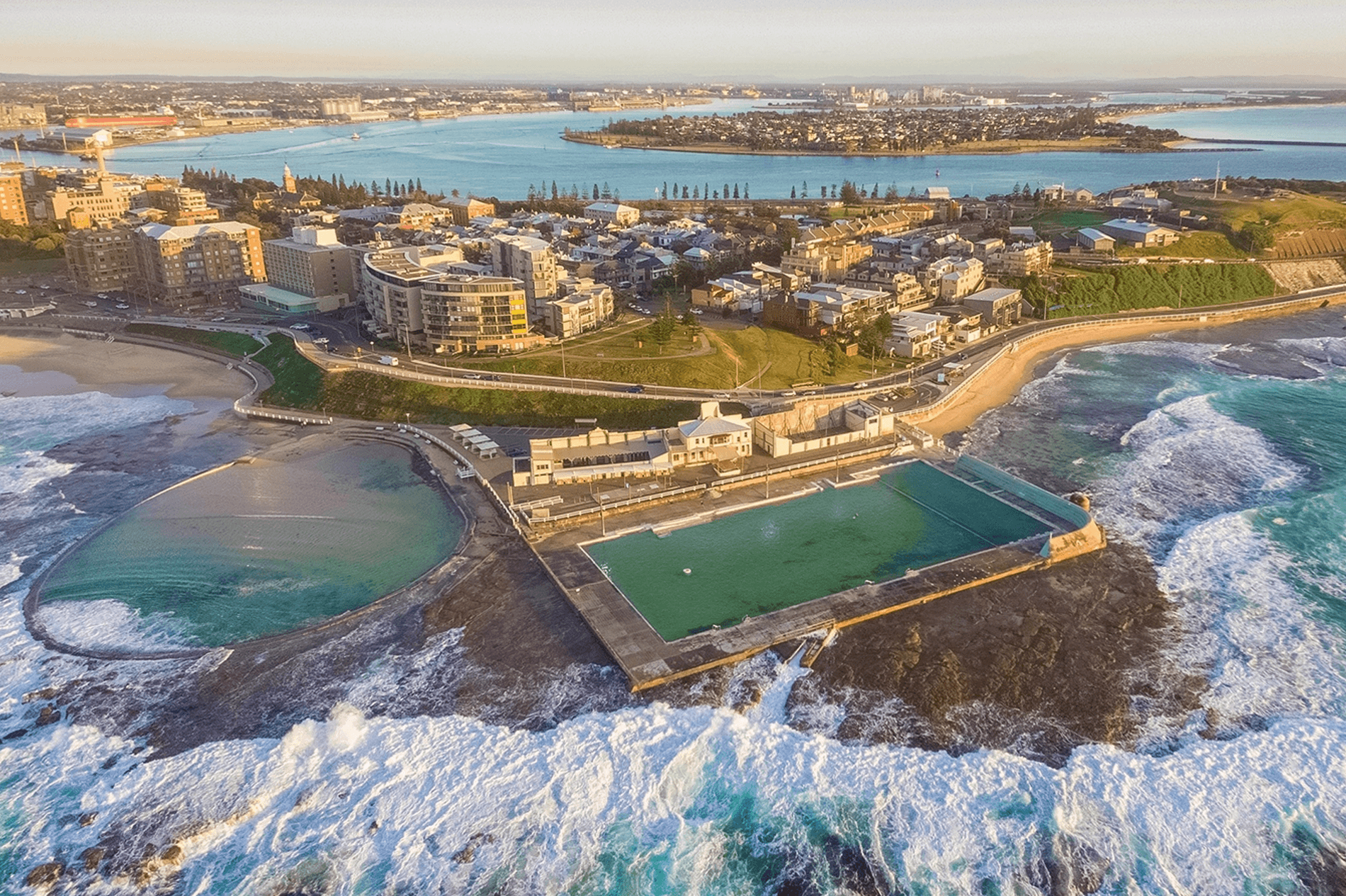
As we’ve entered the 12th month of the year, join us for a look at the latest news and developments in the world of Australian Immigration!
We asked those who have established themselves with skilled jobs to share their experience and tips for a career in Australia.

We spoke with a skilled migrant working as a medical practitioner for the last 6 years.
“Looking for medical jobs is not particularly difficult. Especially if you are looking at regional or rural places.
I moved from Canberra to Hobart, I just searched online for similar roles. I emailed the manager and sent my credentials, and that was it.
I have not done interviews in a while but the main mistake I remember is being unprepared.
I think I had enough information. I just did not prepare enough.”
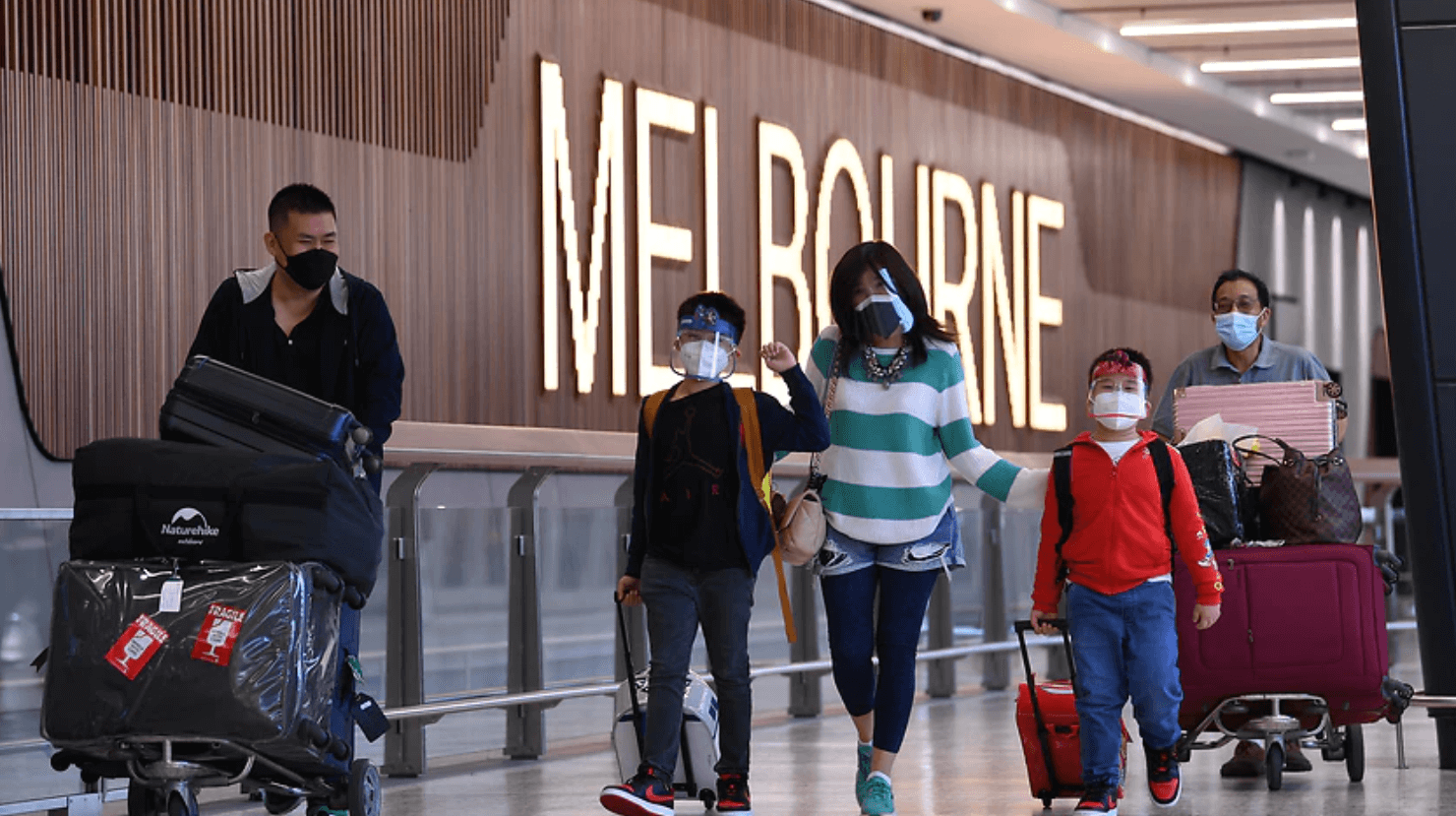
In a press conference, Prime Minister Scott Morrison announced that eligible, fully vaccinated visa holders will be able to travel to Australia without having to apply for a travel exemption. That includes skilled workers, international students, temporary working visa, working holiday-makers and provisional family visa holders.
They will need to hold a valid visa, show proof they’re fully vaccinated with a brand recognised by Australia’s Therapeutic Goods Administration and present a negative Covid-19 PCR test taken within three days of their departure. They will then have to comply with the quarantine requirements in the state or territory they arrive in, plus any other state or territory they plan to travel to.
“The return of skilled workers and students to Australia is a major milestone in our pathway back, it’s a major milestone about what Australians have been able to achieve and enable us to do,” Morrison said.
“The return of skilled workers and international students to Australia will further cement our economic recovery, providing the valuable workers our economy needs and supporting our important education sector,” a government press release says.
In addition, the federal government announced an extension to Australia’s travel bubble. Following an arrangement made with Singapore earlier this month, from December 1 citizens of Japan and Korea holding valid visas will be able to travel from their home countries to Australia quarantine-free. They will not need to seek a travel exemption.
Today’s announcement follows changes that saw fully vaccinated Australians, permanent residents and their immediate family members given the green light to travel back to Australia from November 1.
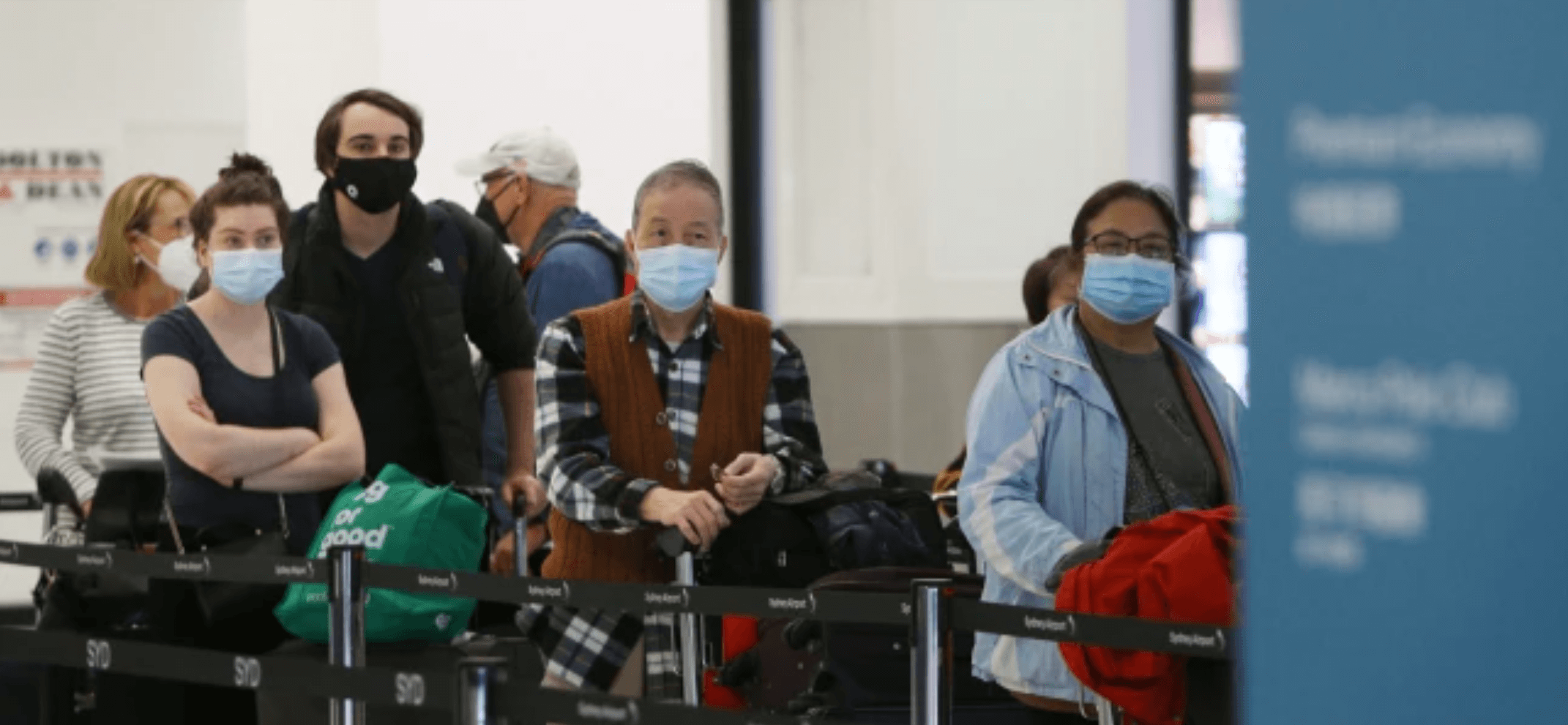
While the world came to a stop during 2020, the Australian Migration Program continued on, delivering 160,052 permanent residences throughout the year, this despite the lockdown and other barriers that the pandemic put in place.
Immigration Minister Alex Hawke discussed the results of the program, explaining that this year it had exceeded expectations, noting that “Australia’s well-managed migration program delivers outcomes that support economic recovery, create jobs, and protect the safety and security of Australians.”.
He continued, “Delivering a program of 160,052 places meant that this has been successful given the difficult circumstances this year.”
As we move beyond the pandemic, offshore visa grants will continue to increase.
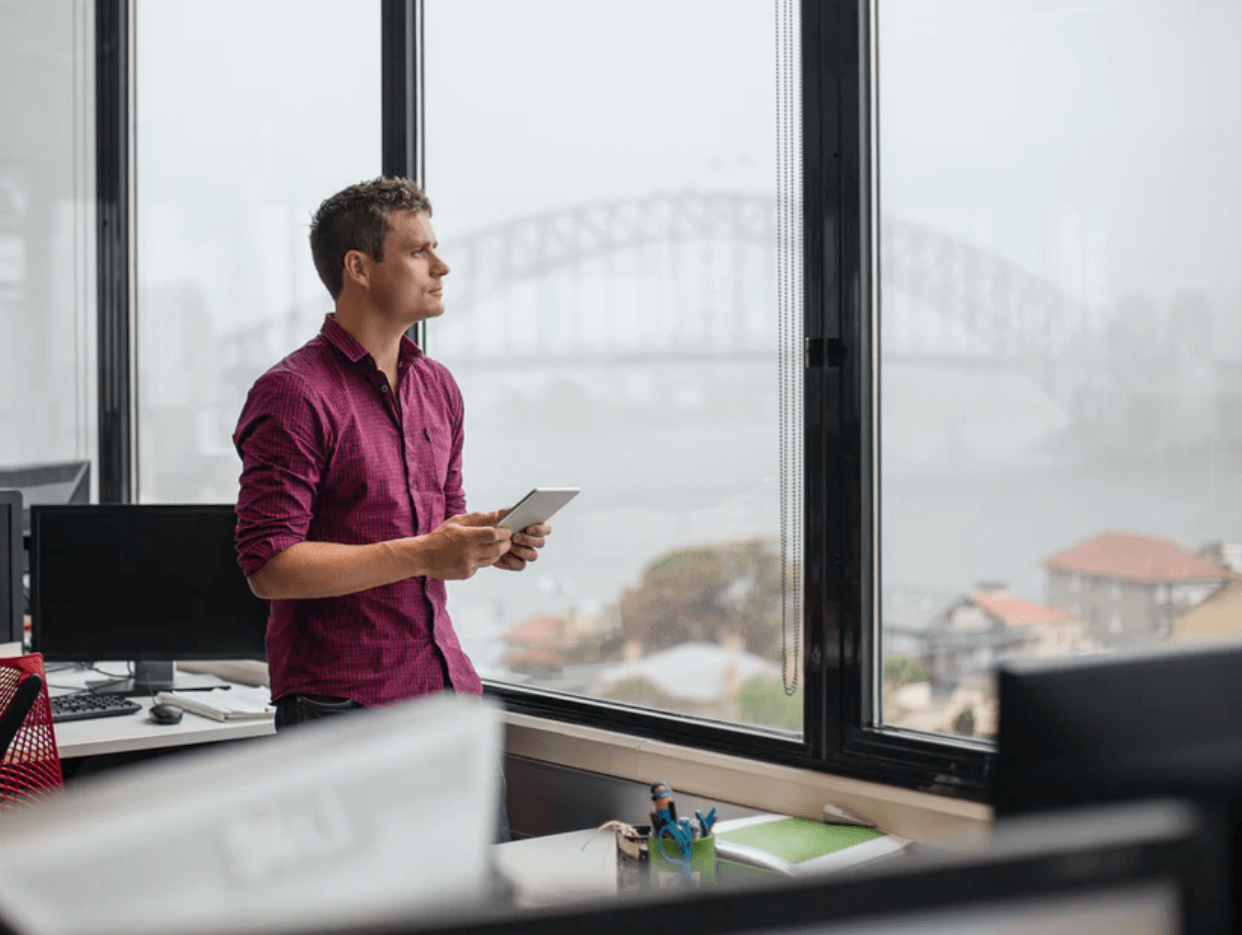
Those measures, enacted some 20 months after pandemic fears first slammed the border shut, have produced a lack of qualified workers in some fields, sparking a skills shortage and leaving some employers without the talent they need. Others are offering massive wages and sign-on incentives to entice the limited supply of local workers.
Frydenberg said the federal government wants skilled workers “to come in before the end of the year.”
“Of course we want international tourists as well. That work is under way. We’ll open those borders when it’s COVIDSafe to do so. Clearly the first step has already been made.”
The continued confidence in Australia’s reopening plan will be warmly received by the nation’s tourism sector, whose industry leaders are pushing for international tourists to return before the all-important Christmas season.
Australia’s university sector is paying keen attention to border developments, after watching revenues falter through a lack of international students.
As Canberra and Australia’s most populated states charge ahead with their reopening plans, Western Australia has decreed it will not reopen its borders until it reaches a 90 per cent vaccination rate — which at current rates may not occur until February 2022.
Flight Centre boss Graham Turner is considering legal action against the Mark McGowan government, as the state’s decision gouges away at travel booking revenue.
Frydenberg did not voice his support for such legal action, but did little to defend the state’s position.
“My view is that Western Australia should not be any different to any other state that has opened up,” Frydenberg said.
“They have tourism businesses that rely heavily on interstate travel and those borders being open and of course we want to see those borders open as soon as possible which means that 80 per cent vaccination rate, not at the higher vaccination rate.”

SYDNEY – Australia is considering a push to accept large waves of migrants as its borders reopen, with the federal government facing pressure to bring back high levels of skilled workers and address the nation’s low population growth.
The sudden closures of its international borders last year brought a swift end to Australia’s migration programme.
For the first time since the World War II, Australia experienced a net outflow of migrants as large numbers of students and workers left without being replaced. The total migrant outflow came to about 97,000 people last year, with a further outflow of 77,400 expected this year.
This loss of migrants has left businesses desperate to fill jobs as the economy reboots.
Official data showed the population in the year to March grew by 35,700 people – or about 0.1 per cent – to 25.7 million people, compared with a pre-pandemic average increase of 1.4 per cent a year.
The Australian Chamber of Commerce and Industry has called for the skilled migrant intake to be lifted to 200,000 a year to ensure that the country avoids shortages of labour and expertise.
The chamber’s chief executive, Mr Andrew McKellar, said the current lack of migrants had led to dire skill shortages and “crippled businesses across the country”.
“From construction workers to chefs, engineers to educators, and mechanics to managers, approximately one in three skilled occupations could be facing shortages if we don’t shift the dial on migration soon,” he said.
“Despite this challenge, the pandemic has provided us a unique opportunity to reset permanent skilled migration.”
Australia is now starting to reopen its borders as its vaccination rate climbs.
The reopening has added to calls for Australia to reboot its migration programme.
Infrastructure Australia, a government advisory body, has predicted that there will be a shortage of 105,000 workers by mid-2023 who will be crucial to ensuring that Australia can achieve its big-spending infrastructure building projects.
New South Wales Premier Dominic Perrottet has also called for a boost to skilled migration as the state reopens, saying he “believes in a big NSW”.
Officials in the state have reportedly advised the Premier that Australia should bring in two million people over the next five years to strengthen the economy.
The federal government has signalled that it supports a quick resumption of the migration programme.
Treasurer Josh Frydenberg said last month that low population growth will have an impact upon the economy, including the ageing population and other demographics.
“These are obviously issues that I’m thinking through and the government is thinking through, both in terms of the size and the composition of our migration programme,” he added.
Despite the border closures, Australia still accepted 160,000 permanent migrants last year.
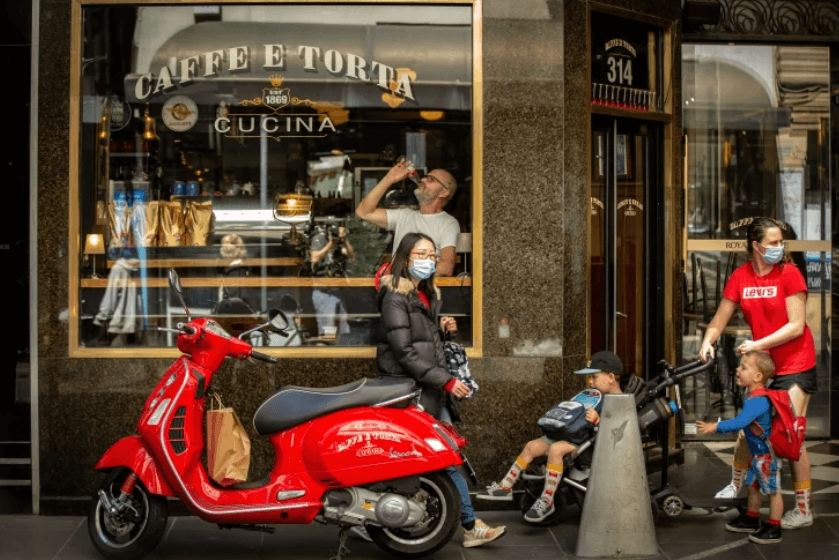
Melbourne is the most successful multicultural city in the world. A city of over five million people where 50 per cent were either born overseas or have a parent from overseas.
A city that has welcomed wave after wave of immigrants and helped them establish new lives – while building a high-income economy, maintaining community harmony and creating a rich cultural and social fabric.
That extraordinary ability has never been more important as the city now needs a massive wave of new immigrants to help get the city back on track.
The population of Melbourne is projected to be 300,000 less by 2025 compared to where it would have been without the pandemic. While Australia will be almost one million people down.
Across Melbourne, businesses are facing acute labour shortages. We spoke to a restaurateur this week who employed 80 people before COVID and now has just 10. To fully open again he desperately needs staff but all the international backpackers he used to employ have gone home.
Over the past 12 months, farmers have cried out for help as fruit rots in their orchards. Normally it’s picked and processed by internationals on work visas.
Infrastructure Australia is forecasting 105,000 jobs will go unfilled on major construction projects. The information and communications technology sector says it needs an extra 60,000 qualified IT graduates. While the Australian College of Nursing says there are over 12,000 vacant nursing positions in Australia.
Australia had an immigration plan to help rebuild after World War II, now we need an immigration plan to help rebuild after the war on COVID.
Australia should now increase the immigration rate to 300,000 for 2022 and consider doing the same for three years bringing in 900,000 people.
An increase in Australia’s immigration intake needs to be done in a well-designed way.
Australia also needs the international students to come back. Not only are they important to the local economy they have become a much loved and vibrant part of the fabric of modern Australia. And perfect candidates for future permanent residency and citizenship.
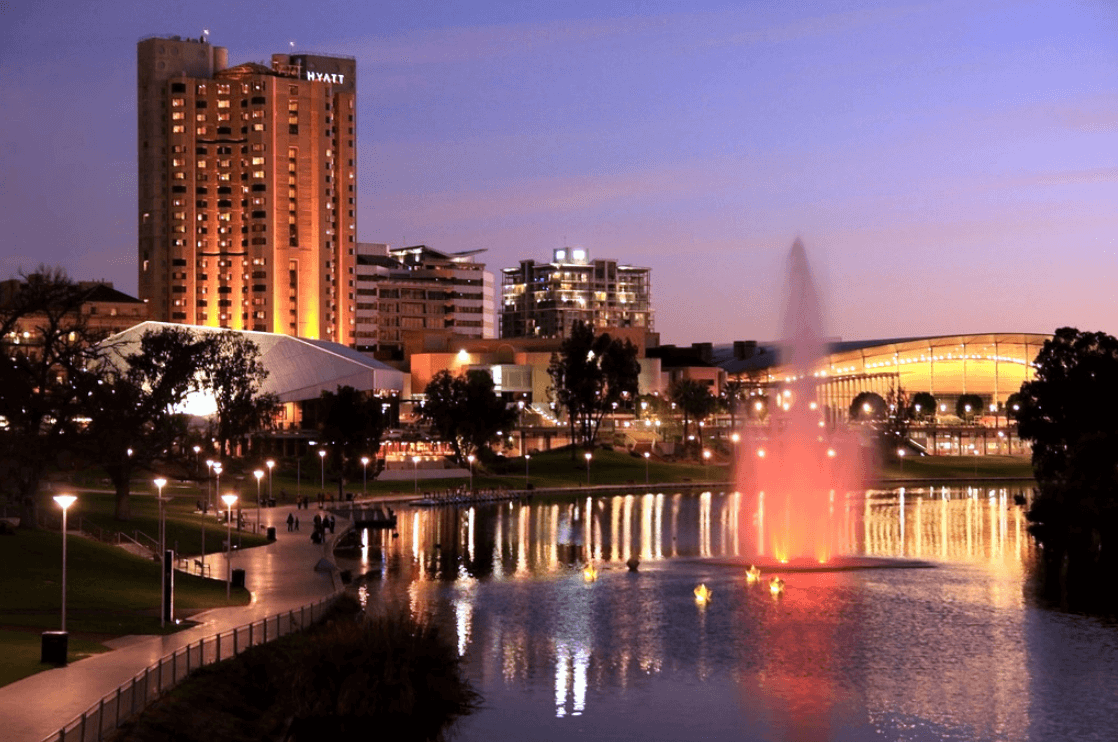

To manage South Australia’s COVID recovery response, an additional 24 Engineering occupations are now open to applicants currently residing offshore.
The minimum requirements for state nomination for these occupations include:
For South Australian state nomination, prospective applicants must meet the Department of Home Affairs requirements, state-specific occupation requirements and have skills in an occupation that is available on the states Skilled Occupation List. Offshore applicants meeting the minimum published requirements can now lodge a Registration of Interest (RoI).
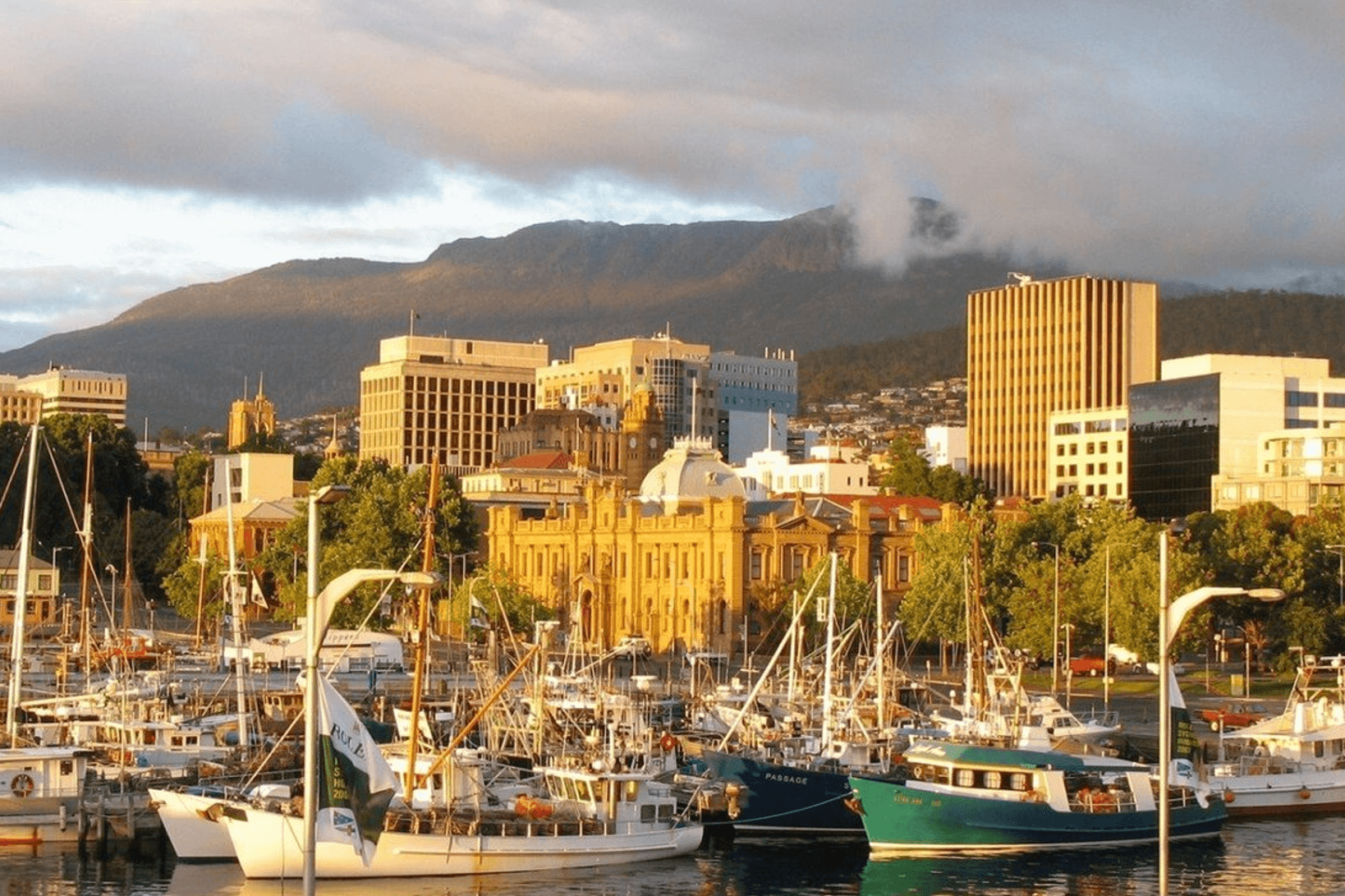
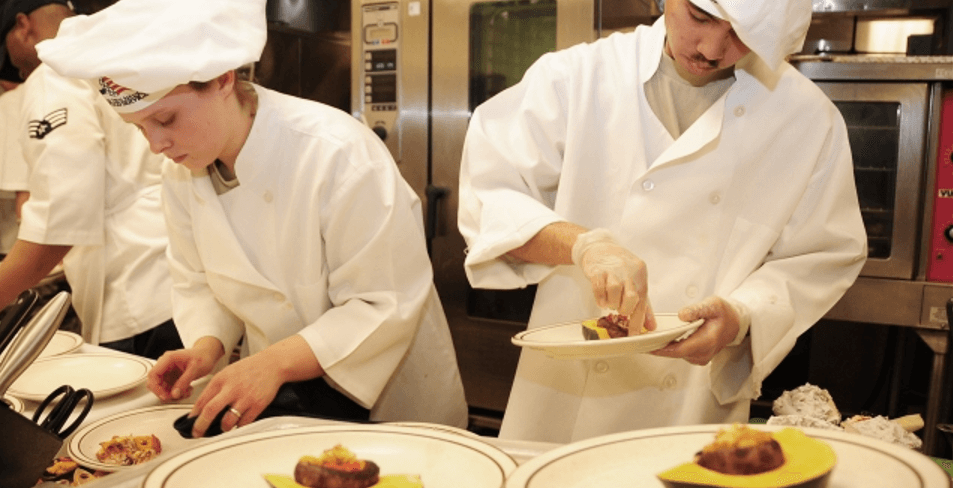
The Tasmanian State Nomination Skilled Migration Program supports Tasmanian businesses and increases the state’s working age population. It does this by attracting and retaining migrants with skills genuinely in need by employers, or with the capacity to settle in Tasmania through skilled employment in the long-term, and business activities that will increase employment opportunities.
Due to the effects of Covid-19 Migration Tasmania’s current nomination priorities are:
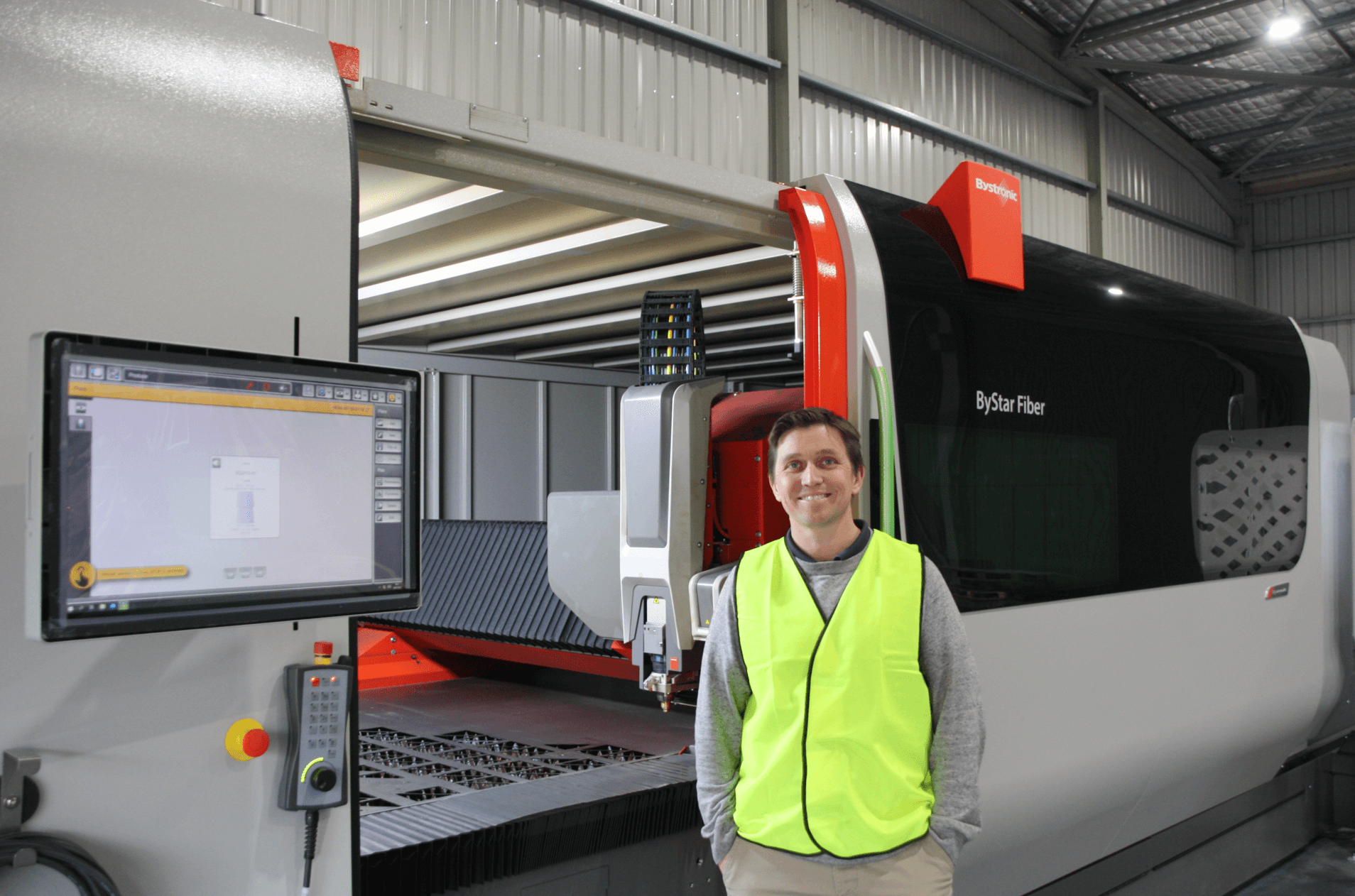
The Business Migration State Nomination Program is now open with new settings.
Key features include:
Details of the new program and requirements are on Migration Tasmania Business Migration webpage.
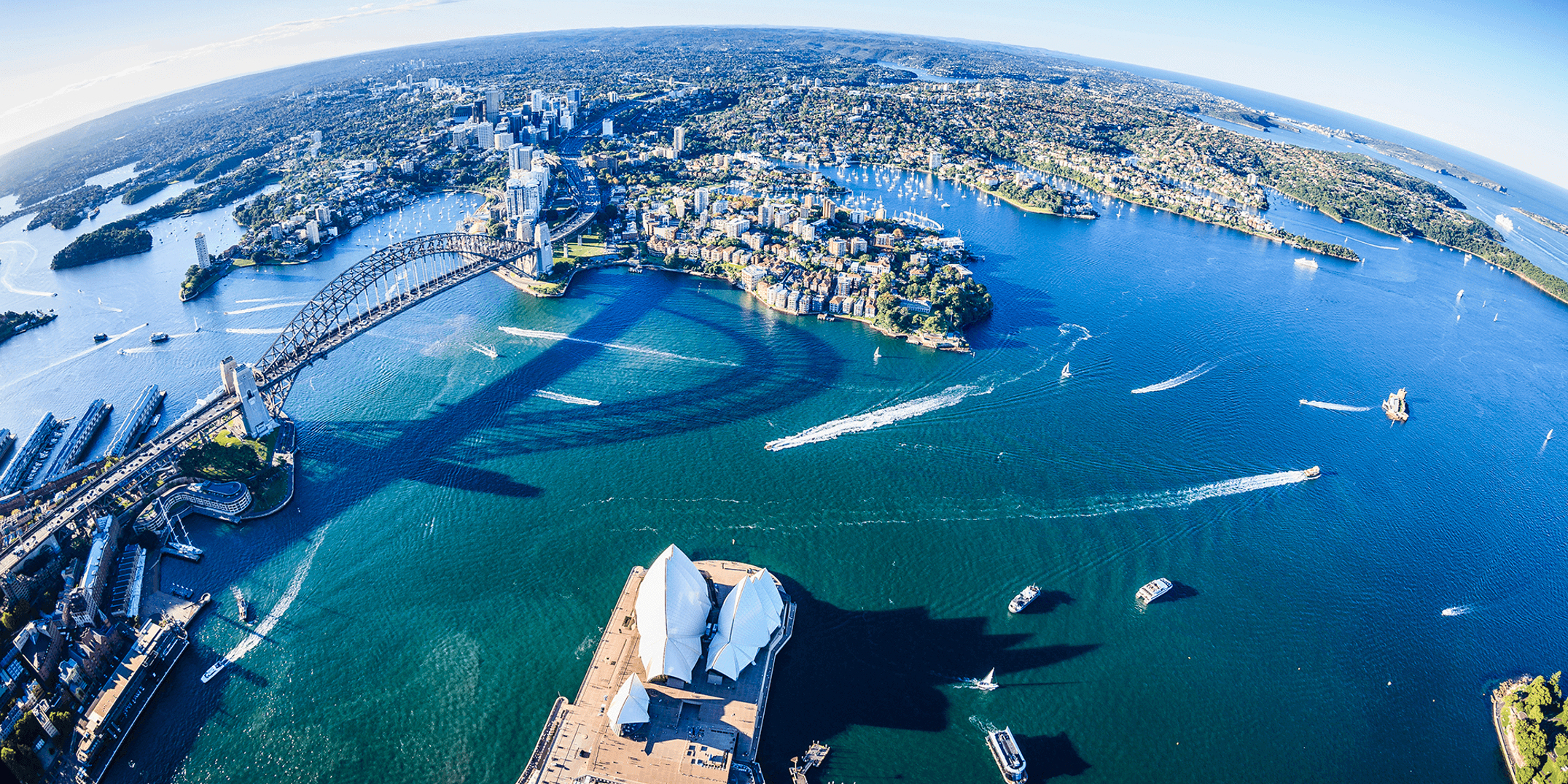
The NSW Government announced that as of 1 November 2021, fully vaccinated international travellers will no longer be required to quarantine upon arrival in New South Wales. Previously, all international arrivals were required to completed 14 days in hotel quarantine at their own cost and only recently, the NSW Government commenced trialling 7-day home quarantine arrangements. The NSW Premier Dominic Perrottot says that this policy change will allow Sydney and NSW to “open to the world”.
International travellers will be required to demonstrate the following prior to arrival:
The NSW Government have stated that they will be working alongside the Commonwealth Government to ensure that any necessary protections are put in place.
It should be noted that NSW is the first state or territory in Australia to announce quarantine-free arrangements for fully vaccinated travellers. All other state and territory borders currently remain closed to NSW. Therefore, the status of interstate travel remains unknown. We expect to hear the other state and territory’s plans over the coming weeks.
Unvaccinated international travellers will still be required to quarantine in a hotel. However, there are limited places as only 210 spots per week will be made available.
The NSW Government Media Release states that “Welcoming back fully vaccinated travellers will not only mean families and friends can be home in time for Christmas, it will also give our economy a major boost.”
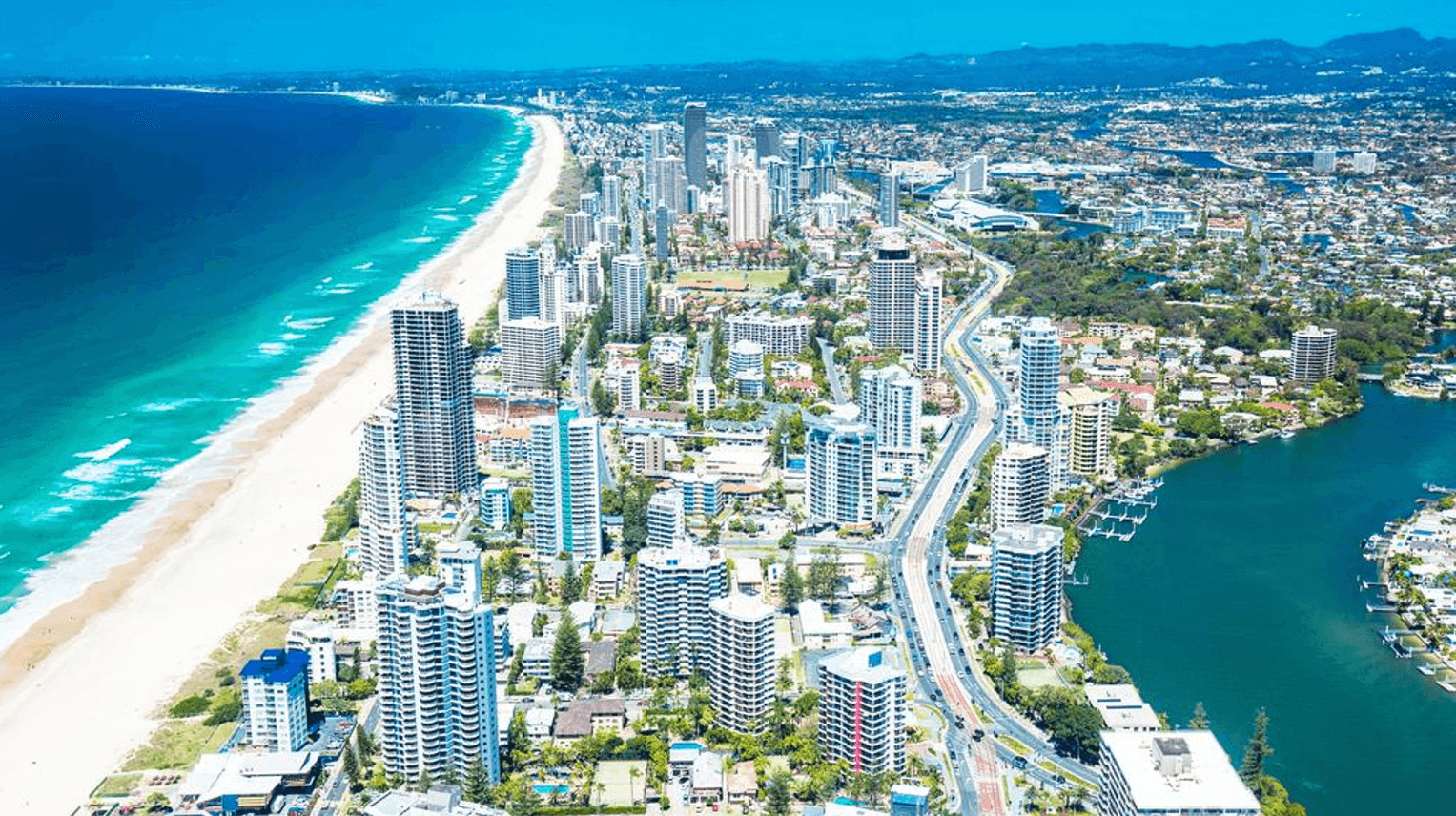
The Queensland Skilled Migration Program is currently open but due to current border closures this is currently available to onshore applicants only. A review will be made at the end of 2021 to open the program for skilled workers living offshore.
For the Skilled Migration Program, Migration Queensland will currently only accept “decision-ready” applications.
The Australian Migration Bulletin will continue to update you regarding the Queensland State Nomination migration program for offshore applications over the next monthly bulletins.
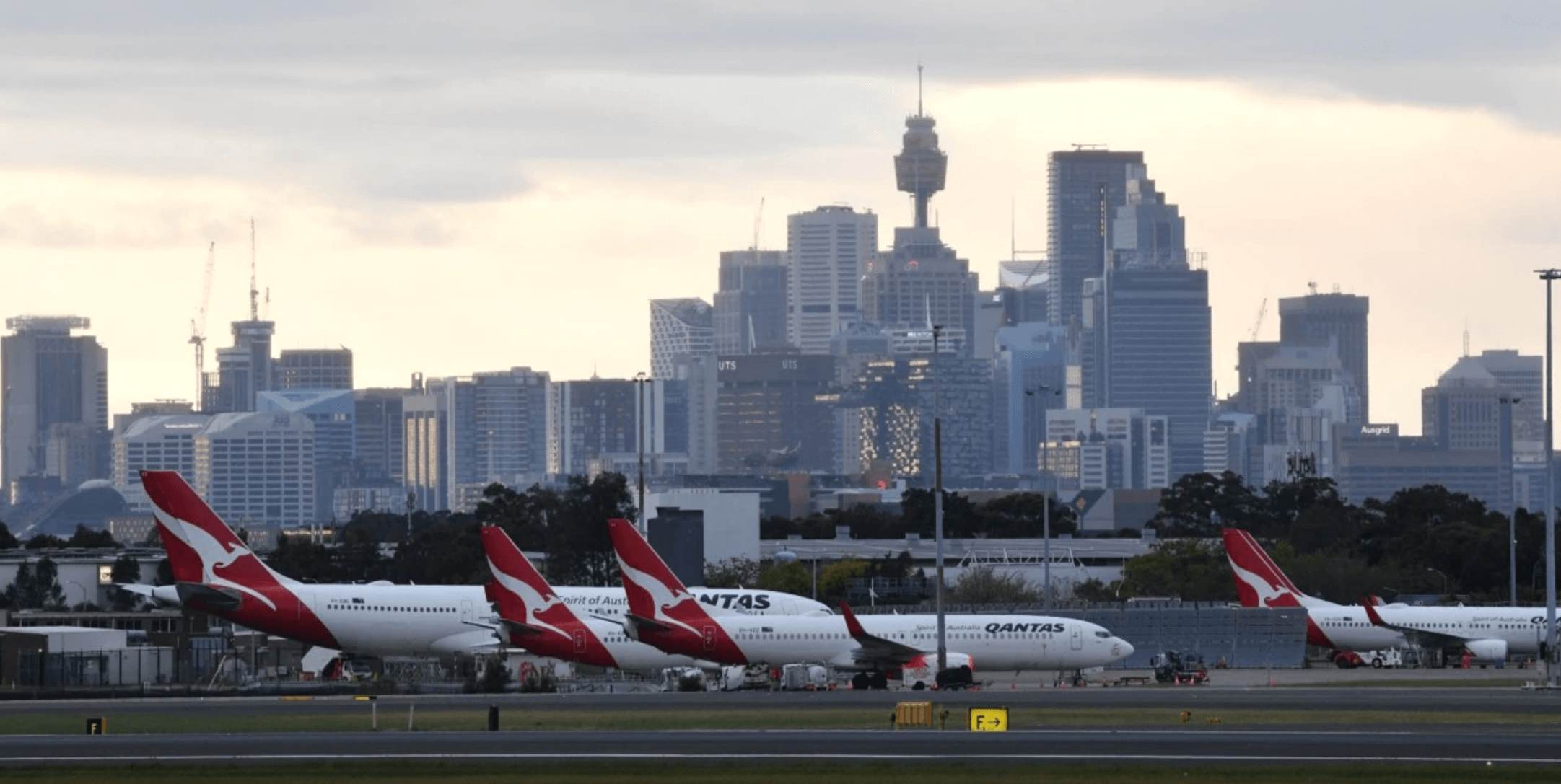
The Priority Migration Skilled Occupation List (PMSOL) identifies 44 occupations which fill critical skills needs to support Australia’s economic recovery from COVID-19. The list is based on expert advice from the National Skills Commission and consultation with Commonwealth departments.
Employer sponsored nomination and visa applications with an occupation on the PMSOL will be given priority processing. All other skilled occupation lists will remain active, but the PMSOL occupations will take priority.
The list is temporary and priority occupations may change as Australia recovers from the pandemic. The Government and the National Skills Commission will continue to monitor the impact of COVID-19 on the Australian labour market and assess Australia’s skills needs as they evolve and new sources of data emerge.
There has been no additional changes during the month of November to the Priority Migration Skilled Occupation List (PMSOL). Strengthened labour market testing will continue to allow numbers of sponsored skilled workers to migrate to Australia to fill urgent skills needs in critical sectors, helping to create Australian jobs and rebuild Australia’s economy.
As of 1st December 2021, 44 occupations remain on the PMSOL including (ANZSCO codes):
Applicants and existing employer-sponsored visa holders on the PMSOL no longer require a travel exemption to enter Australia.
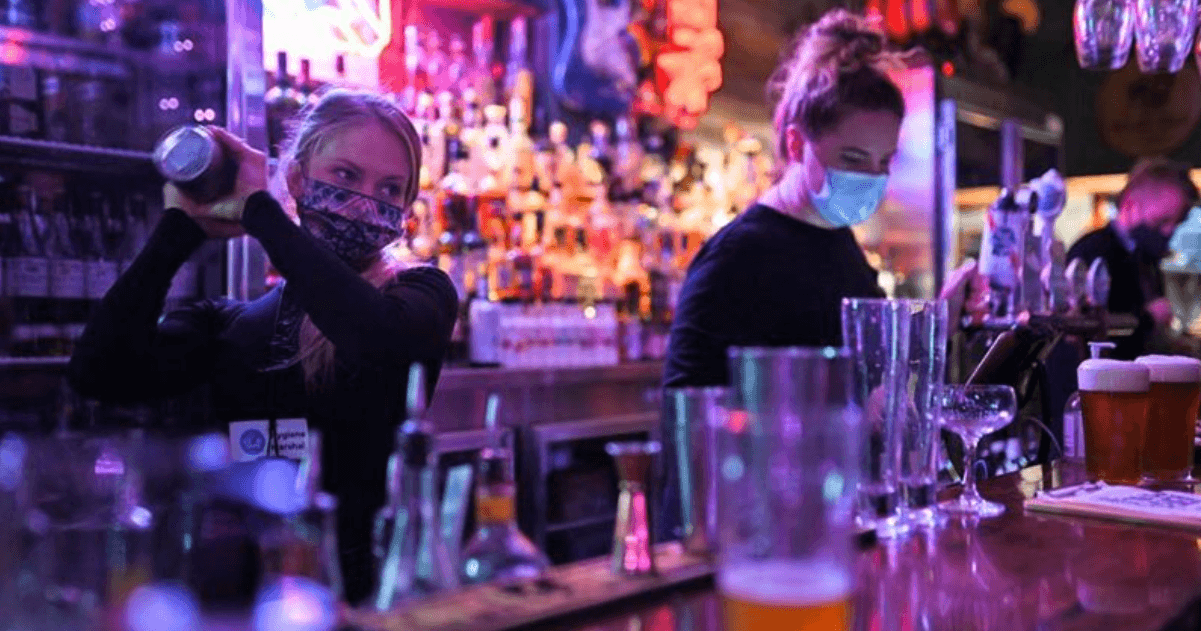
Overseas staff have underpinned Australia’s hospitality sector for decades but the pandemic forced many bar workers and wait staff to return home.
Pandemic border closures have further exacerbated a serious skills shortage that has, for years, held Australia’s economy back.
Many foreign workers swiftly returned to their home nations when parts of the Australian economy retreated into a long and uncertain Covid hibernation.
Now, blinking in the spring sunshine, Sydneysiders, Melburnians and Canberrans are now emerging from their Covid caves, and are eager to spend, however, many businesses are facing a chronic labour crunch – they can’t find enough staff to keep their businesses running.
“The staffing issue is impossible,” says celebrity chef, Neil Perry, at his new restaurant ‘Margaret’ in Sydney’s upmarket Double Bay district.
“Right now, this is the worst I have ever seen the labour shortage in the industry, ever, by some considerable amount.”
Foreign staff have underpinned Australia’s hospitality sector for decades, but coronavirus lockdowns forced many waiters, cooks, pastry chefs, fishmongers and butchers to return to their home countries.
Perry wants them back, and said that politicians in Canberra need to enact a bold, nation-building plan.
“The government has to look at it like it is the end of World War Two and Australia is going to be built on the quality of immigration we bring in,” he adds.
“The (hospitality) industry is trying to come back but there is a real handbrake to it, and it is the human labour side of it that is an issue.”
One company is so desperate for staff that it’s offering to pay for flights to Australia for overseas recruits and, if needed, hotel quarantine fees, as well as a fortnight’s rent plus a $1000 food and drink voucher.
It might seem too good to be true, but there’s more. For UK citizens, Australian Venue Co, one of the country’s largest pub groups, will also help with visa costs.
Before the Covid shutdown about a fifth of the company’s workforce were foreign visa holders. It has a recruitment war chest of AUD$4 million (£2.2m) to bring some of them back.
For chefs and other workers entitled to permanent residency in Australia, those return costs could reach AUD $20,000 (£10,992) per person. Working holidaymakers, or backpackers, will also be eligible, along with Australians who’ve been stranded abroad by border restrictions.
But labour shortages aren’t a new challenge for Australia, and immigration has over many decades successfully helped to fill the gaps and seed a multicultural nation.
About a third of Aussies were born somewhere else: the official Skilled Occupation List for prospective migrants has become critical.
At a start-up in Sydney’s inner-city, highly-skilled scientists are in demand but hiring is proving difficult.
Inside a sealed glass laboratory, workers kitted-out in gowns, masks and goggles pore over specimens and data. They’re developing what could be a new type of carbon-neutral food where meat is grown from animal cells, which are isolated from small samples of muscle – around the size of an almond – and the tissue is cultivated in the lab.
“Ultimately we need to feed billions of people,” explains Tim Noakesmith, a co-founder at Vow. It is, though, a cutting-edge enterprise that is short of the right type of people.
“Getting people in is hard. Getting people excited about the mission is comparably easier, but getting people into the country (because of current immigration red tape) can be extremely challenging.”
As Australia’s international borders prepare to reopen after a year-and-a-half, the company is eager for new recruits to join its ‘crack team’.
It’s becoming evident that Australia needs legions of working migrants to fuel its economic recovery.
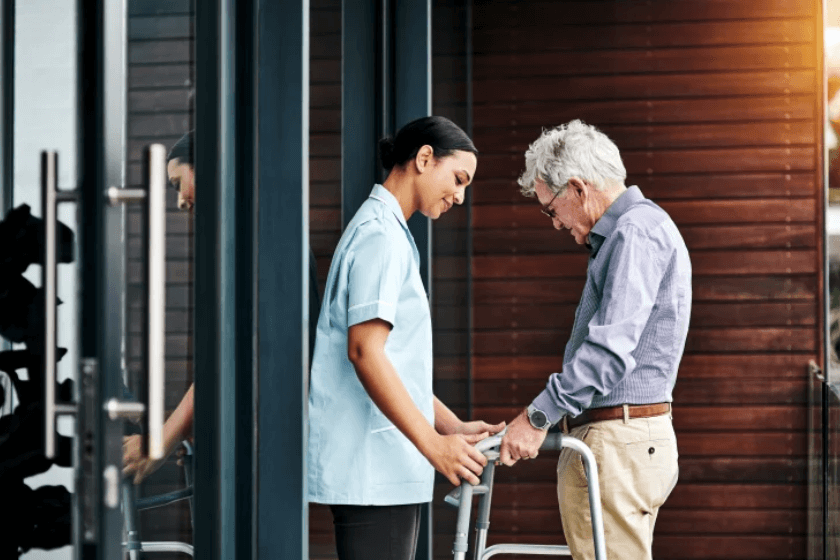
Aged care providers are calling on the federal government to create a special visa to bring workers from overseas to fill widespread shortages in the sector as Australia’s borders open.
The Australian Aged Care Collaboration, which represents more than 1000 providers caring for a million elderly Australians, has written to Health Minister Greg Hunt and Aged Care Minister Richard Colbeck demanding a “dedicated aged care skilled migration program”.
“We need the barriers to migration to be lifted,” Aged and Community Services Australia chief executive Paul Sadler said.
Mr Sadler said border closures during the pandemic had made existing workforce shortages worse.
“We’re really struggling to find enough staff to keep the doors open,” he said.
The 2020 Aged Care Workforce Census estimated there were 22,000 vacancies in direct care roles across the aged care sector in November and employers across the economy are competing over the 79,600 skilled migrants able to enter the country by July 2022.
The Committee for Economic Development of Australia has warned of a looming shortage of 110,000 aged care workers over the coming decade.
Mr Sadler called on the government to put aged care workers on the skilled occupations list, which includes registered nurses but not personal care workers or enrolled nurses.
Leading Age Services Australia chief executive Sean Rooney said a targeted skilled migration program specific to the sector was needed “to enable us to recruit suitably skilled and qualified people”.
“We’re facing major challenges, because of a whole range of competing forces resulting in high demand for staff and a very low response in [job] applications,” Mr Rooney, who also signed the letter, said.
Health Service Union national president Gerard Hayes said aged care workers were reporting “extreme” staff shortages in their workplaces.
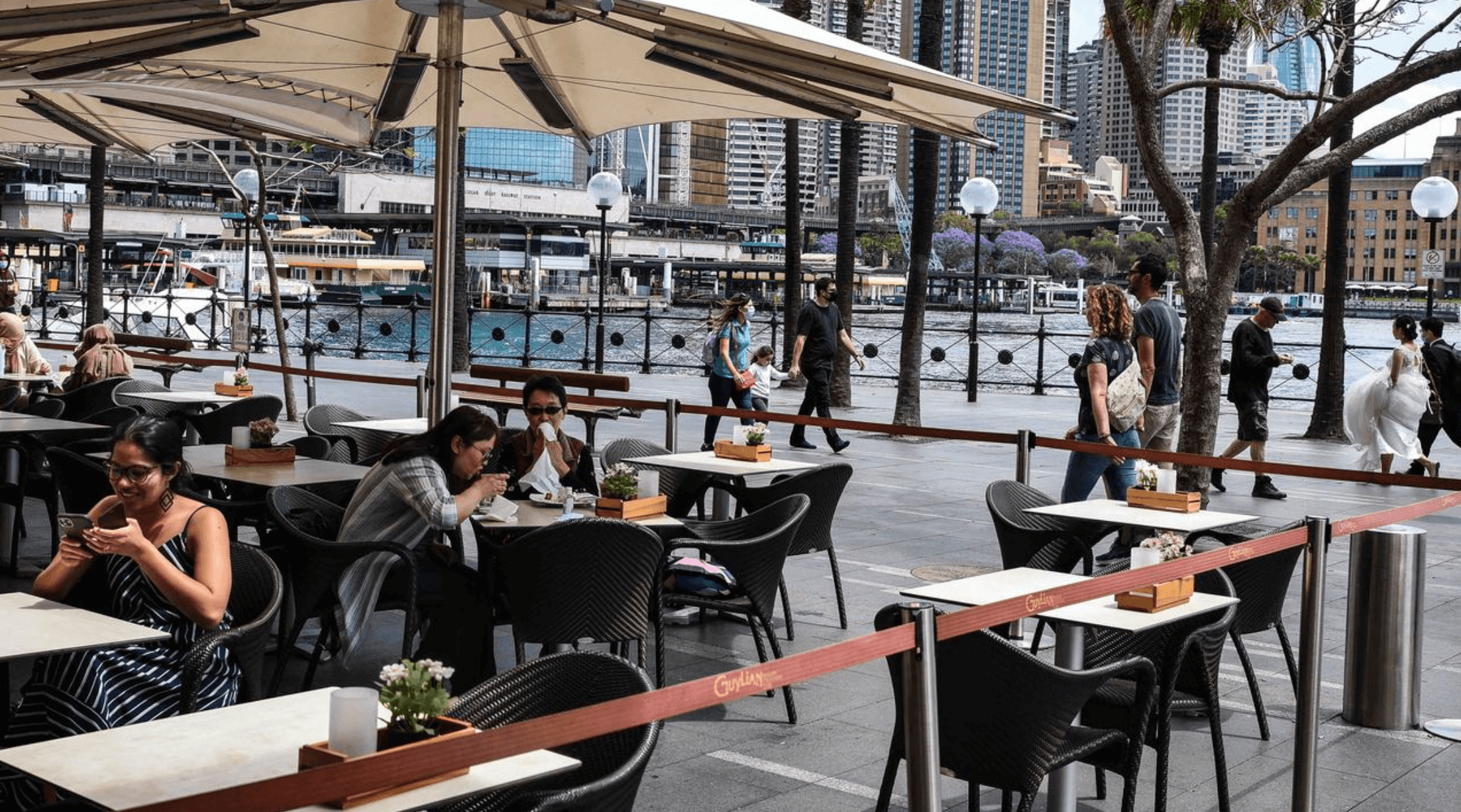
Higher wages, greater flexibility and increased job security is on the cards for hundreds of thousands of Aussies employed in the hospitality sector – as it recovers from almost two years of turmoil.
Restaurants, bars and pubs are currently crying out for staff as the sector faces a critical worker shortage, partly because of ongoing border issues.
However, labour economist Shashi Karu predicts that, like the Spanish flu, which saw the introduction of sick leave, the Covid-19 pandemic will open a new chapter of reforms and benefits for the shift workers of the hospitality industry.
“We can expect a silver lining from Covid-19 to be the introduction of reforms to childcare, wages and job security,” he said.
“As the industry faces a worker shortage due to the prior border closures, business owners will need to find ways to entice talent as competition will be fierce. The result of this will be shiftworkers having more bargaining power than previously seen in the industry.”
He said that all businesses in Australia will likely need to focus on providing more benefits to recruit and keep staff on board, and limit the push for higher wages that’s happening now.
“But what you see when you focus on some specific occupations like chefs for example, what we’re seeing is there are increases in wages going on because there’s just a shortage of workers,” he said.
“And that’s really where the squeeze is for hospitality businesses that need to hire these specific occupations.”
Chef Shaun Christie-David who runs a social enterprise called Colombo Social in Sydney compares what is happening in the hospitality sector now to the tech boom, as skilled hospitality workers will be highly sought after while the demand is high and supply is low.
“The hospitality industry is now recalibrating to address that supply and demand,” he said. “Chefs are getting things like free gym membership, flexible working arrangements in kitchens that have never been seen before. It’s a really interesting time.”
Mr Karu worked on a new report with shift work platform, Deputy, that showcases the long-lasting impact the pandemic has had on the hospitality industry.
The report features an analysis of over 12 million shifts between January 2020 and October 2021, comparing them by generation, age, state and industry sector.
The report finds the hospitality industry has been transformed by the pandemic after experiencing an 80 per cent decrease in shiftwork hours in April 2020.
Since then, hospitality businesses have rostered on average 30 per cent fewer shift work hours compared to pre-pandemic operations.
Bars and pubs were most significantly impacted by Covid-19, with shiftwork hours declining more than 90 per cent in April 2020, and while some states have fared better, lockdowns in New South Wales and Victoria meant they operated at half their employment capacity in 2021.
On the other end of the spectrum, the report found cafes and coffee shops, which were able to pivot quickly, thrived throughout the pandemic.
In these sectors, shift work hours have continued to improve and remained significantly higher than employment levels before the pandemic.
Similarly, restaurants went from operating 80 per cent below pre-pandemic levels in April 2020 to 80 per cent above these levels in May 2021.
This recovery is credited to minimal restrictions in this time and the domestic travel boom. That being said, these gains have been scuttled by the recent 2021 lockdowns in Sydney and Melbourne, which have particularly affected inner-city restaurants in these major cities.
Ashik Ahmed, CEO & Co-Founder of Deputy said: “It’s been incredible to see the huge transformation that the hospitality industry has undergone as a result of the pandemic.
“While it has had a devastating impact on a lot of businesses, watching the resilience of many of our customers as they embrace change and innovate is inspiring.
He said the hospitality industry is set to face a range of challenges as it navigates vaccination passports, workforce shortages, upskilling and the adoption of technology in the workplace. “However, I remain optimistic that as a result of Covid-19, we will see necessary industry reforms for shift workers, including around better childcare, more secure jobs and benefits,” Mr Ahmed said.
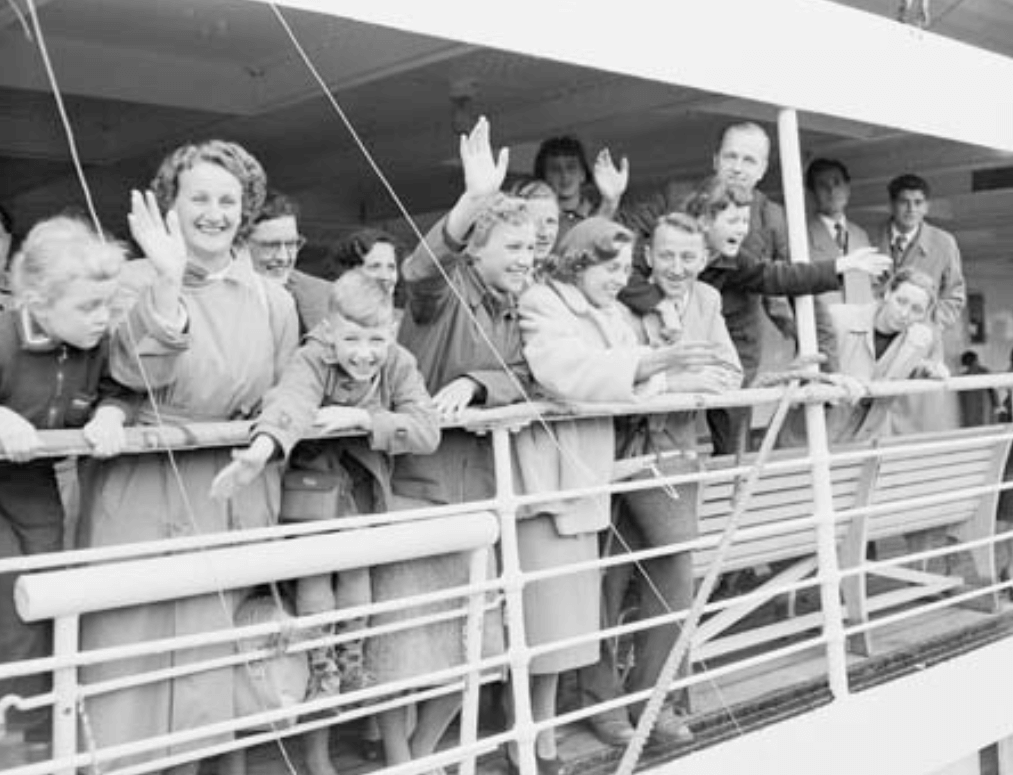
As Australia rebuilds its economy after more than 18 months of COVID-19, a suggested influx of two million migrants over five years could be “a watershed in our history”.
After more than three months of lockdown, Greater Sydney reopened its economy in November much to the relief of business owners, but there was one virus-induced complication threatening to take the shine off the recovery.
Since Australia shut its international borders in March 2020, business and industry have been grappling with a chronic shortage of workers.
That’s prompted calls from some leaders to swiftly reopen international borders and lift migration levels in a way not seen since World War II.
Labour shortage
Australian businesses were already struggling with workforce shortages before the pandemic hit and the border closures have aggravated the issue.
“Right across the board from unskilled [migrants] through to very highly skilled medical professionals, we realise how dependent we are as a state and as a nation on immigration,” Professor Jock Collins from the UTS Business School said.
An “ambitious” boom?
New South Wales State Premier Dominic Perrottet is being asked by senior bureaucrats to set his migration sights high, with the figure of two million migrants over five years.
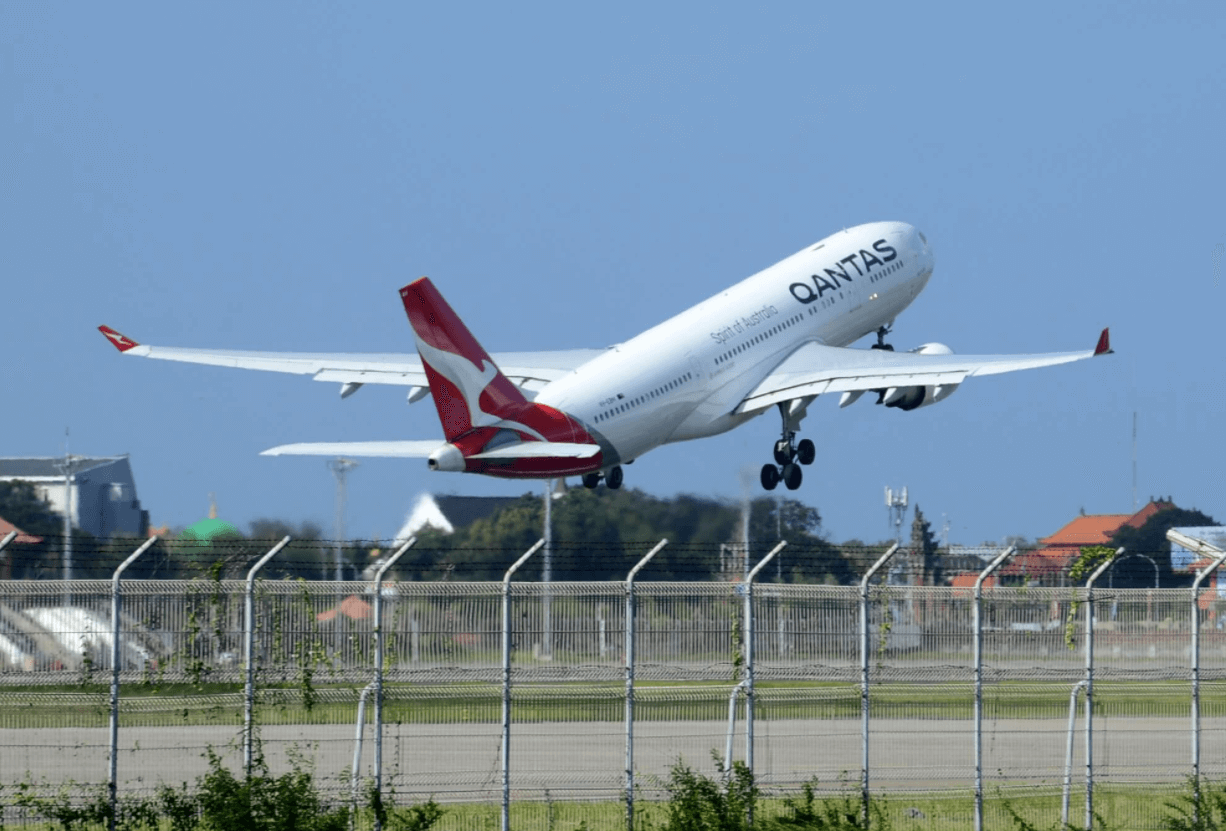
Currently, four Australian states; New South Wales, South Australia, Victoria and Queensland have submitted their reopening plans to the federal government.
The University of Melbourne said it welcomes the Victorian government’s International Student Arrivals Plan which will enable international students and graduate researchers to return to campus for the start of the 2022 academic year.
“We acknowledge the Victorian government for supporting the safe return of international students and thank the Australian government for approving the plan,” said the university’s vice-chancellor Duncan Maskell.
“Initially, the plan allows for the return of a small group of international students to the University of Melbourne each week, but the pace of announcements relating to borders being 100% open is incredibly positive. I am optimistic that a large proportion of new or returning international students will be studying on campus in 2022.”
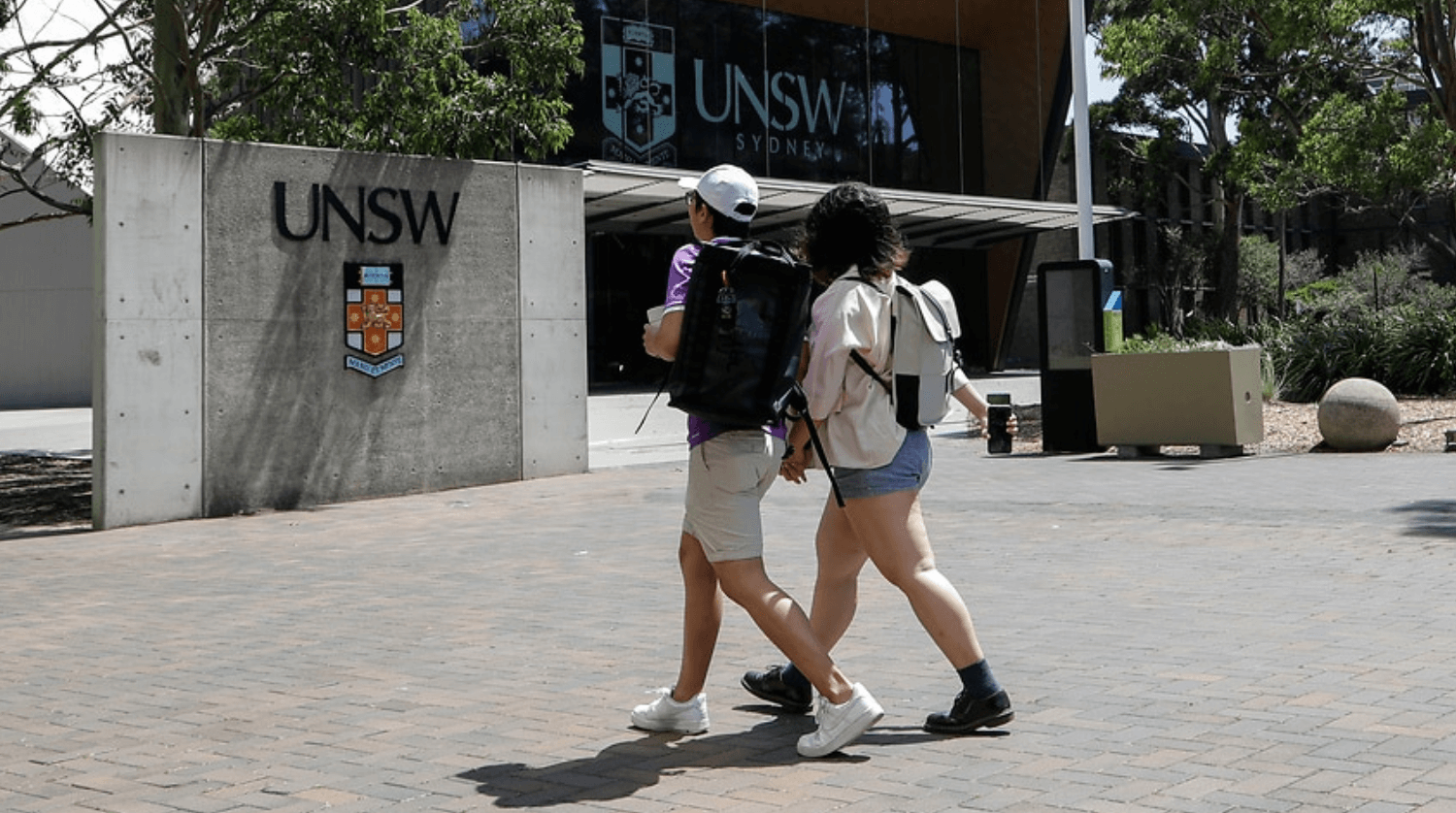
The New South Wales Government has announced it will not require international students to quarantine if they are fully vaccinated with a TGA recognised vaccine.
The first chartered plane of returning international students under the NSW International Student Arrivals Pilot Plan is scheduled to touch down in Sydney on Monday, December 6.
The first flight will carry around 250 students from over 15 nations, including Indonesia, Singapore, Vietnam, South Korea, China and Canada, with a second flight to bring in students from South Asia and India also scheduled.
NSW Premier Dominic Perrottet said international education plays a vital role in connecting NSW to the world, with almost 290,000 students studying here before the pandemic, supporting more than 95,000 full-time jobs.
“This is a significant milestone in our roadmap to recovery and I can’t wait to welcome back such an important part of our community,” Mr Perrottet said.
“They don’t just make a significant contribution to our economy, but international students play a role in our culture and contribute to our community and lifestyle.”
“I welcome continued collaboration with the Commonwealth Government in supporting international students as they return to NSW,” Mr Ayres said.
“This sends a clear message about how much NSW values our international students.”
Students will return via flights to NSW from December until further notice through the pilot plan’s phased approach. Scape Redfern will continue as the accommodation partner supporting international students as they return.

International students are set to return to Queensland campuses in time for Semester 1, 2022
The return of international students to Queensland from early next year looks set to boost sectors that have struggled without them, but the state government has been urged to ensure institutions can be competitive with those interstate.
Queensland University of Technology (QUT) vice-chancellor Margaret Sheil said the impact of this decision would flow on to the many industries that depended on the sector.
“For all of the universities and for the regions and the cities and for the accommodation providers, the businesses that provide services, the businesses that require students to work,” Professor Sheil said.
Students attending Queensland universities will be required to undergo two weeks of quarantine at the 1,000-bed Wellcamp facility near Toowoomba, which is currently under construction.
Minister for Tourism and Innovation Stirling Hinchliffe said the priority would be for international students from health-based faculties.
“Students studying medicine or allied health, particularly those who, once trained, can back-up our hard-working frontline workers,” Mr Hinchliffe said.
James Cook University vice-chancellor Sandra Harding said local employers in regional areas had missed international students and the part they played in the local community.
The reduction in students has played a part in staff shortages seen in the hospitality industry.
Angelica Jolly, who owns the Alchemy restaurant in Brisbane’s CBD, said she welcomed the news but the industry needed the students before the Christmas period.
Ms Jolly said her business relied on international students to fill up to 70 per cent of its roles.
“We always say that somebody from overseas gives us the opportunity to learn what they’re doing overseas and instead of us having to travel there, we’re getting that knowledge firsthand by them coming here,” Ms Jolly said.


Verry Elleegant has won the race which stops the nation… ‘The 2021 Melbourne Cup’. Melbourne, Victoria. November 2021
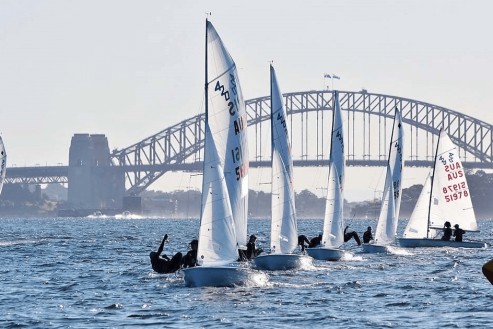
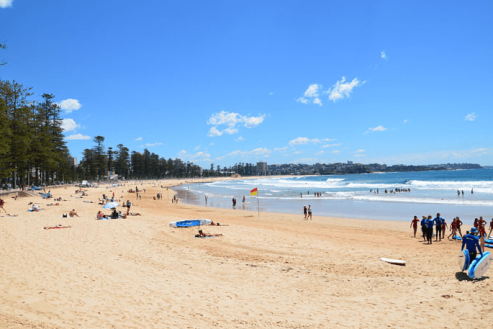
A relaxing Spring day on Manly beach. Sydney, NSW. November 2021
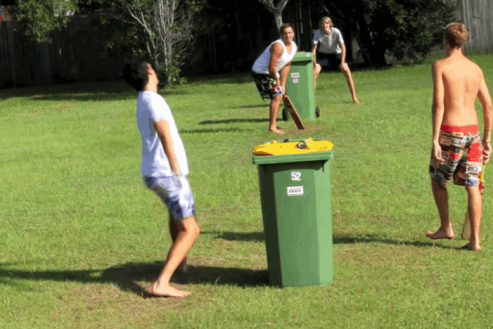
Spring time signalling the start of backyard cricket season. Image captured in Melbourne, Victoria. November 2021
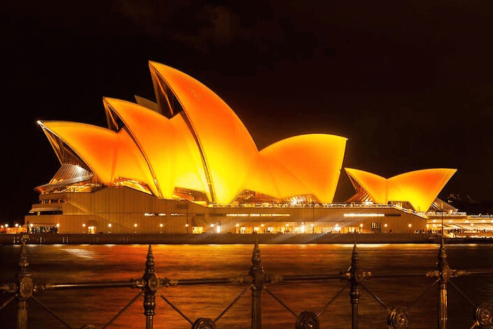
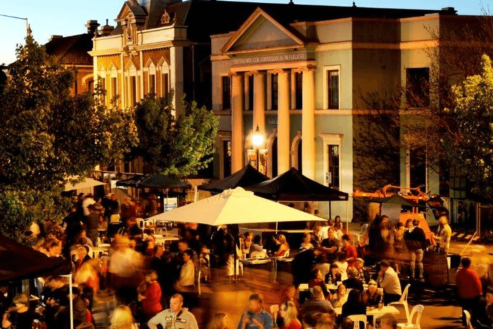
Family fun at the Mudgee Wine & Food Festival. Mudgee, NSW, November 2021

Time for a cockatoo cuddle. Whitsundays, Queensland. November 2021
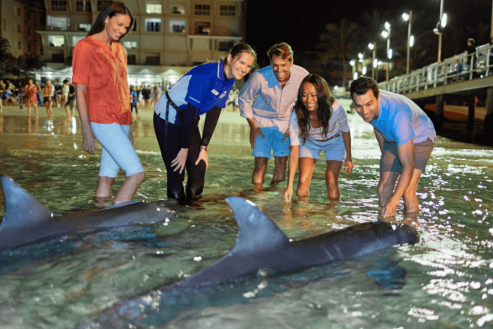
Dolphins swimming up close to say hallo. Moreton Island, Queensland. November 2021

As legislation and travel requirements are constantly changing, we strongly recommend obtaining advice on your individual situation from a Registered Migration Agent. Please click here to book a consultation with one of our Registered Australian Migration Agents, located in Australia.






You can manage your membership and billing method by clicking here
Terms of Service
Privacy Policy
Copyright © 2025 Office of Immigration Australia, a private company registered in Australia. All Rights Reserved.